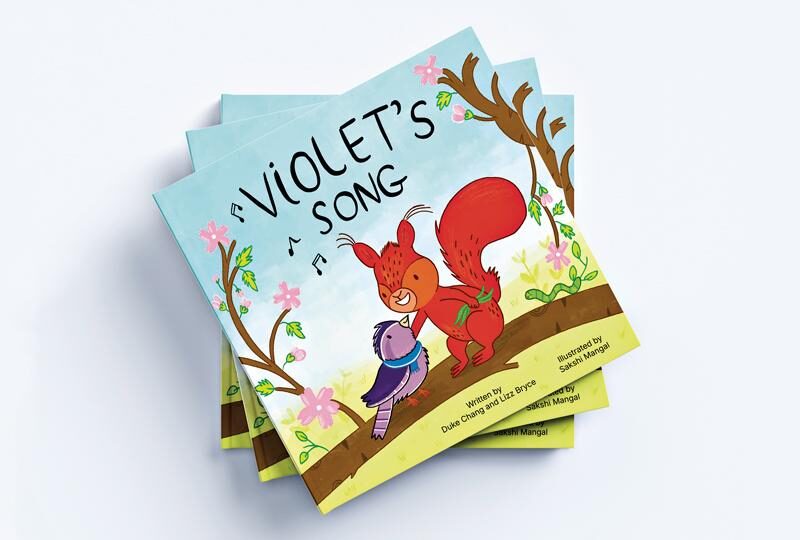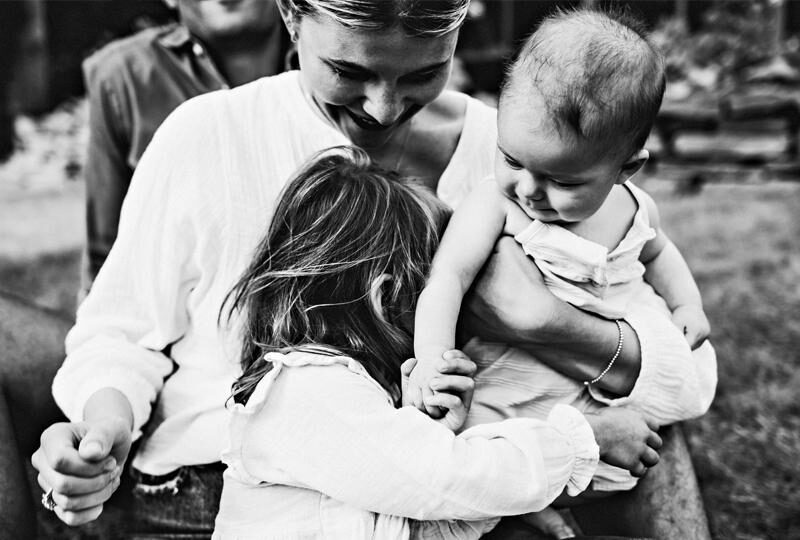
Tips to teach empathy
Most parents admit they want their kids to be empathetic and thankful. Not only are these virtues cornerstones of EQ (Emotional Intelligence) but they are critical for conflict resolution, effective communication and overall leadership. But how do parents teach these critical values when we live in a culture of overindulgence? In my 7th annual speaking tour for parents sponsored by Maple Leaf Foods – I’ll be giving the keynote speech called“10 Practical Strategies to Teach Empathy & Gratitude in Children."
The exciting part of this tour is that 100 per cent of all profit will be given to World Vision to build a school for Haitian teens. This initiative is called “High Schools for Haiti” (visit www.drkaryn.com).
Here are FIVE practical tips to build empathy and gratitude
Fill Their Emotional Bucket
The great news is that empathy and gratitude are both values which kids learn and the best teachers are parents. Research tells us that when kids’ emotional buckets are filled up – when children feel that their parents have been empathetic to them – that is the best training ground. Modeling these two virtues for your children not only helps them feel loved, increases their sense of security but also increases their trust with you which means they are more likely to share. So ask yourself, the last time your child was upset, angry, hurt with you – how did you respond? Did you tell them to brush it off? Defend yourself? Or did you try to see things from their perspective and empathize with how they feel.
Seek to Understand
Whether your teen is upset with you or a friend – seek to understand their world. Use the phrase “Can you help me understand how you are feeling? The goal is to try to see things from their perspective. Only when children feel understood are they more willing to hear another person’s perspective.
Ask Don’t Tell
A common mistake for many parents (although well intentioned) is that parents will tell children how they feel instead of ask. Avoid statements like “I know how you feel” (when no one does). Instead ask them – “How did you feel when that happened?” If they don’t know how they feel – give them options (for example “Do you feel angry, sad, upset?”). When children hear options, they are better articulate how they feel.
Switch Roles
The next time you have a disagreement with your child, when you are calm –try to switch roles and role play the other person. This is a powerful way to help people to see things from another person’s lens. Remember there is no reality – only perception.
Make ‘Thank You’ Part of Your Family Culture
When teaching gratitude remember not only to say please and thank you at restaurants, neighbours and to strangers – but also to your children when they help. When parents get into the habit of saying thank you – this not only makes another person feel good (builds empathy) but also models the behavior. Try making “thank you” as part of your family culture and expectations. Even two year olds can be trained to say “thank you” after meals and reading stories. When families regularly say thank you (genuinely) it creates a beautiful family culture of appreciation.





